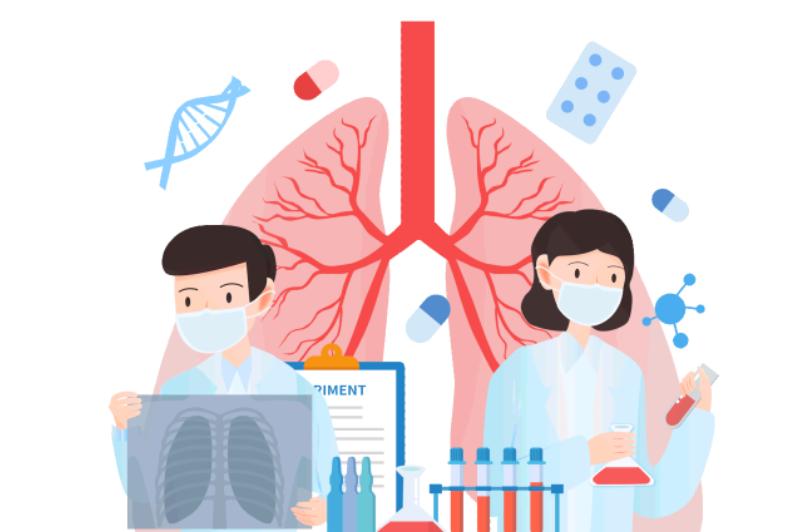After "Yangkang", many people feel the sequelae symptoms, such as easy fatigue, feeling unwell after exercise, faster heartbeat than before, frequent abdominal pain and diarrhea, and so on.
Today, I will introduce to you three diseases that are not well known to the public, and even going to the hospital may not be diagnosed, but the high incidence in the "long new crown" requires us to be more vigilant.
Myalgic encephalomyelitis/chronic fatigue syndrome (ME/CFS)
This is a multisystem neuroimmune disease characterized by fatigue that is present for more than 6 months and leads to impaired ability to perform daily living; cognitive dysfunction, generalized pain, and/or lack of sleep to return to normal; and the onset or worsening of post-exertional discomfort (immediate onset or delayed onset by several hours).
It usually develops after a viral or bacterial infection (e.g., Epstein-Barr virus, herpes virus, West Nile virus, etc.). As we all know, the new crown is also a virus, so it is not surprising that the high incidence of ME/CFS has been reported in "long new crown" cases. According to data from authoritative studies, about half of the "long new crown" patients meet ME/CFS criteria.
In several studies with post-exercise discomfort as the main ME/CFS symptom, most "long new crown" patients experienced post-exercise discomfort. In this part of the population, it is common to find weakened natural killer cell function, T cell failure, mitochondrial dysfunction, vascular and endothelial abnormalities, red blood cell deformation, decreased blood volume, impaired oxygen consumption, metabolic abnormalities... Not only adults, but also children have reported about ME/CFS after the new crown.
Treatment of ME/CFS: mainly symptomatic, such as increasing blood volume, anticoagulation, anti-allergy, immune regulation, etc.

Postural orthostatic tachycardia syndrome (POTS)
This is an autonomic disorder characterized by an increase in heart rate ≥ 30 beats per minute, usually a standing heart rate of > 120 beats per minute (within 10 minutes of standing or tilting upright), and the absence of orthostatic hypotension (decreased systolic blood pressure ≥20 mmHg and/or diastolic blood pressure ≥10 mmHg).
POTS usually occurs in the same patient as ME/CFS and usually develops after viral infection. A 2022 study found that 66% of 2,314 adult "long COVID" cohorts had POTS and was not associated with hospitalization.
If your heart rate is significantly faster than before the "impotence," you need to monitor whether an upright posture can induce an increase in heart rate.
Treatment of POTS: including avoiding upright exercises (such as swimming or rowing), increasing the consumption of light salt water, wearing compression stockings, etc. Patients with severe symptoms need to see a doctor, β drugs such as receptor blockers can be symptomatic.
Mast cell activation syndrome (MCAS)
To put it in layman's terms, it is to become "allergic". When the patient encounters irritation, such as cold, heat, pollen, dust, etc., it was fine before, but the probability and severity of asthma, rhinitis, itchy skin, mouth ulcers, irritability of the intestines and other symptoms after "impotence" increase. MCAS also often occurs in the same patient as ME/CFS.
Treatment of MCAS: histamine receptor antagonists (eg, famotidine) improve symptoms in most patients.
(Edit ZS.) Image source network, invasion and deletion )
Hunan Medical Chat special author: Sun Xuan, Hunan Guangxiu Hospital